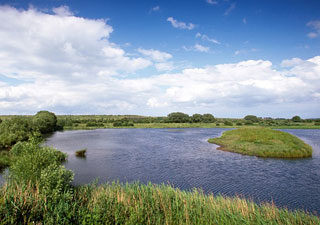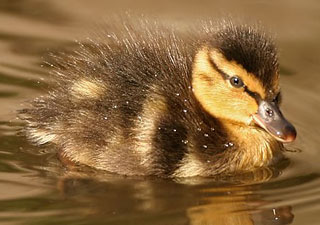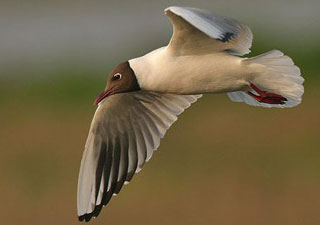Birdwatching



Directions
Please contact the venue itself or see their website for directions.
Distances mentioned here are from Penistone town centre.
Information
With a pair of binoculars, you can watch for birds anywhere in the area.
If travelling along the country lanes, you are likely to find that the pheasants will walk across in front of your car or bike.
The twite breeds in moorland areas locally, as do peewits, which can be seen feeding on the farmland.
The RSPB site at Old Moor Wetlands is a popular stop-off for overwintering birds, and there are excellent facilities for visitors.
Images above by Steve Round, borrowed from the RSPB website.
Old Moor Wetland Centre - 14.1 miles
- Old Moor Lane, Wombwell, Barnsley, S73 0YF.
- Tel: 01226 751593
- Email: old.moor@rspb.org.uk
- Website: www.rspb.org.uk/reserves/guide/d/dearne-oldmoor
Situated right at the heart of the Dearne Valley, Old Moor is a wonderful place to come and watch wildlife. The skies, fields and open water are teeming with birds throughout the year.
In the summer the grasslands are ablaze with butterflies and orchids, and you’ll be able to see newly-hatched ducklings. In winter the reserve is an important stopping-off point for ducks, geese and swans - plus 8,000 golden plovers.
Refular events and sessions are also held.
Café, shop and other facilities also available - see website for more info.
Poteric Carr - 30.4 miles
- Doncaster, South Yorkshire DN4
- Website: www.potteric-carr.org.uk
- All enquiries to be made via the Yorkshire Wildlife Trus website,t www.ywt.org.uk
Potteric Carr is a nature reserve of Yorkshire Wildlife Trust (YWT) and almost sixty per cent is a Site of Special Scientific Interest (SSSI).
Since 1968, 230 bird species have been recorded at Potteric Carr, 102 of which are known to have bred on the nature reserve.
From the website:
"...The Reserve geology is of Sherwood Sandstone, with marls, clays and peat overlaying this Triassic bedrock. Potteric Carr is low-lying and, historically, had a fenland character before drainage in the 1760s.
Today, its principal habitats comprise areas of open water, Phragmites reed fen and swamp, slow flowing drains and ditches, wader scrapes, neutral grassland, willow and alder carr wet woodland, birch Betula woodland, and a stand of mature oaks Quercus planted in 1834.
Disused railway embankments built with Magnesian Limestone are also a feature of the site. This wide range of habitats covering an area of over 500 acres (203ha), give it a rich diversity of wildlife.
In addition, Potteric Carr's footpaths through a protected environment make it an ideal venue for all kinds of visitors ranging from those who simply enjoy a walk in the outdoors to the wildlife enthusiast and nature photographer."
For more information visit the link above,
Useful links
- BirdGuides.com www.birdguides.com/sites/area.asp?a=41
- WildlifeExtra.com www.wildlifeextra.com/go/uk/sthyorks/#cr
- Yorkshire Wildlife Trust www.ywt.org.uk
DISCLAIMER
All the information on these pages is obtained from directories or, in some cases the attractions themselves or their websites. All effirt is made to ensure the accuracy of entries but you should always check with the venues themselves before visiting. Any queries should be addressed to the owners of the business, not Visit Penistone.

